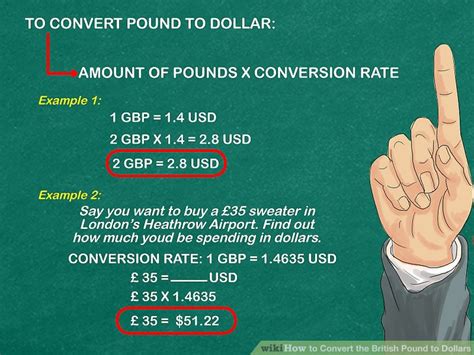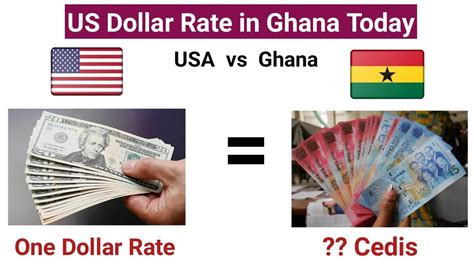Introduction
Navigating the dynamic world of stock trading requires a thorough understanding of various concepts, including the crucial aspect of limit prices. In this comprehensive guide, we delve into the intricacies of limit prices, equipping investors with the knowledge and strategies to optimize their trading endeavors in 2025 and beyond.

Defining Limit Price
A limit price is a predefined price threshold that a trader specifies when placing an order to buy or sell a stock. When buying, the limit price represents the maximum price the trader is willing to pay, while when selling, it represents the minimum acceptable price.
Understanding the Importance of Limit Prices
Limit prices play a pivotal role in stock trading for several reasons:
-
Controlling Execution Price: Limit prices empower traders to dictate the desired execution price for their orders, ensuring they are not executed at unfavorable market prices.
-
Managing Risk: By setting appropriate limit prices, traders can limit their potential losses and protect their capital in volatile market conditions.
-
Order Flexibility: Limit orders offer greater flexibility compared to market orders, as they allow traders to specify the specific price at which they wish to execute.
Types of Limit Orders
There are two primary types of limit orders:
-
Buy Limit Order: Instructs the broker to purchase a stock only if the market price falls to or below the specified limit price.
-
Sell Limit Order: Instructs the broker to sell a stock only if the market price rises to or exceeds the specified limit price.
Advantages and Disadvantages of Limit Orders
Advantages:
- Controlled execution price
- Risk management
- Order flexibility
Disadvantages:
- Potential order slippage
- Missed trading opportunities in fast-moving markets
How to Set Effective Limit Prices
Determining appropriate limit prices requires a combination of technical analysis, market research, and understanding of the stock’s volatility. Here are some guidelines to consider:
-
Research Market Trends: Analyze historical price data, news events, and company announcements to gauge the stock’s potential price movements.
-
Identify Support and Resistance Levels: Locate areas on the price chart where the stock has historically bounced off or stalled, indicating potential support or resistance levels.
-
Set Limit Prices Within Range: Set buy limit prices slightly below support levels and sell limit prices slightly above resistance levels to increase the likelihood of execution.
Using Limit Prices in Different Market Conditions
The effectiveness of limit prices varies depending on the prevailing market conditions:
-
Bull Market: In rising markets, traders typically use buy limit orders to capture price dips and sell limit orders to lock in profits at desired levels.
-
Bear Market: In declining markets, traders may use sell limit orders to minimize losses and buy limit orders to accumulate stocks at attractive prices.
Conclusion
Limit prices are an essential tool in the arsenal of savvy stock traders. By understanding the concept, applying effective strategies, and considering market conditions, investors can leverage limit prices to optimize their trading outcomes, manage risks, and ultimately achieve their financial goals in 2025 and beyond.
Frequently Asked Questions
-
What is the difference between a limit order and a market order?
A limit order specifies a price limit, while a market order executes at the best available market price. -
Can I place multiple limit orders for the same stock?
Yes, you can place multiple limit orders for the same stock with different prices and quantities. -
What happens if the market price never reaches my limit price?
The order will remain unexecuted until the market price meets or exceeds the limit price.
Tips for Maximizing Limit Price Effectiveness
-
Use market research: Gather comprehensive information about the stock, including its price history, earnings reports, and industry trends.
-
Consider volatility: Determine the stock’s volatility to set appropriate limit prices that balance risk and potential rewards.
-
Monitor the market: Stay informed about market news, economic events, and company announcements that may impact the stock’s price.
-
Adjust limit prices: Regularly review and adjust limit prices based on changing market conditions and technical analysis.
-
Seek professional advice: Consult with a qualified financial advisor to develop a personalized limit price strategy tailored to your individual risk tolerance and investment goals.



